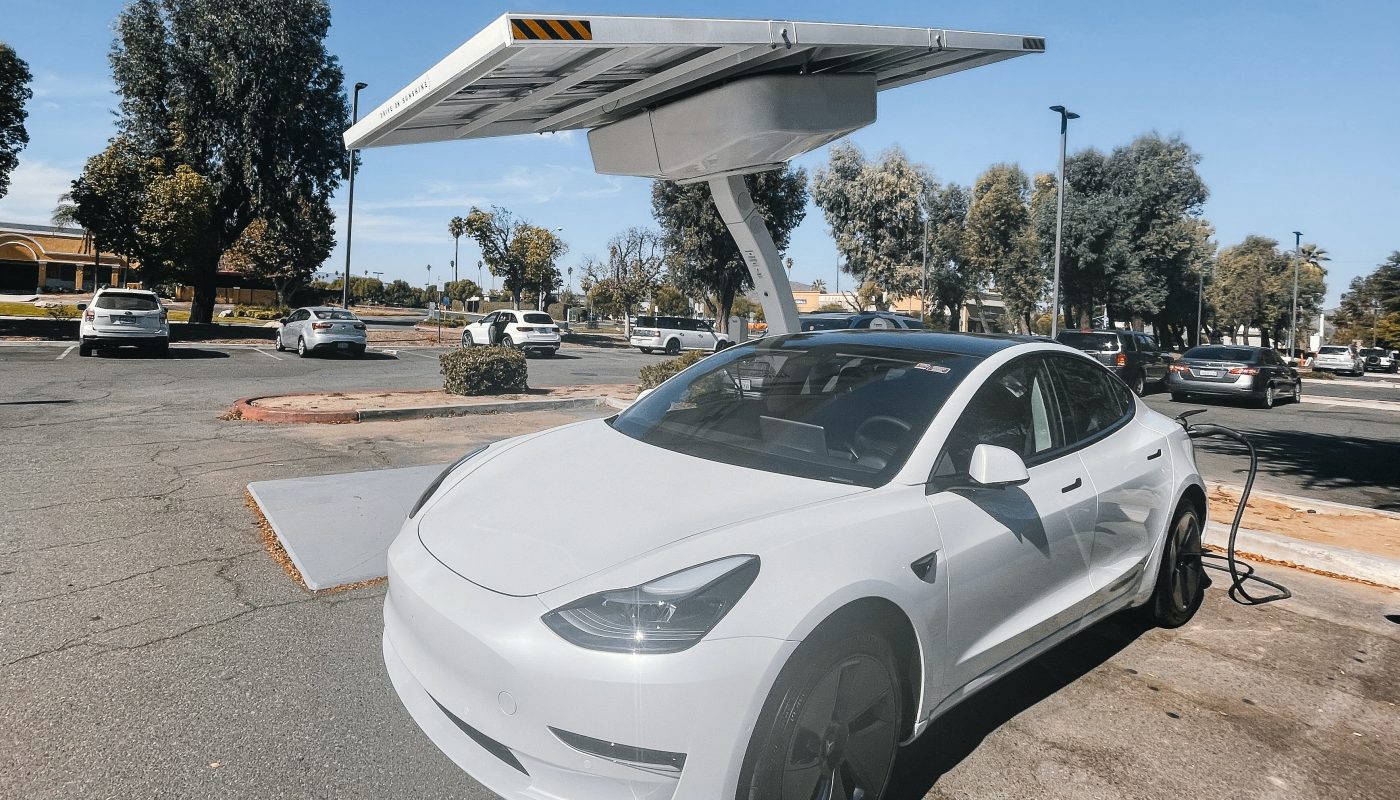An electric car is a vehicle that is propelled entirely or partially by electric motors, with energy stored in rechargeable batteries. In the 1880s, the first practical electric cars were produced. Electric cars were popular in the late 1800s and early 1900s.
The use of electric vehicles has declined due to advancements in internal combustion engines (ICE) and the mass production of less expensive gasoline vehicles. By doing best courses for electrical engineers, anyone could get into the industry.
Types of Electric Cars
There are 4 kinds of electric cars.
- Battery Electric Vehicle (BEV)
- Hybrid Electric Vehicle (HEV)
- Plug-in Hybrid Electric Vehicle (PHEV)
- Fuel Cell Electric Vehicle (FCEV)
Battery Electric Vehicle (BEV)
A Battery Electric Vehicle (BEV), also known as an All-Electric Vehicle (AEV), is a vehicle that is entirely powered by a battery and an electric drivetrain. These electric vehicles do not have an ICE. Electricity is stored in a large battery pack, which is charged by connecting to the power grid. The battery pack, in turn, powers one or more electric motors that power the electric vehicle.
Components
- Electric motor
- Inverter
- Battery
- Control Module
- Drive train
Volkswagen e-Golf, Tesla Model 3, BMW i3, Chevy Bolt, Chevy Spark, Nissan LEAF, Ford Focus Electric, Hyundai Ioniq, Karma Revera, Kia Soul, Mitsubishi i-MiEV, Tesla X, Toyota Rav4 are some examples of BEVs.
Hybrid Electric Vehicle (HEV)
This type of hybrid vehicle is also known as a standard hybrid or a parallel hybrid. HEVs have both an internal combustion engine and an electric motor. In these types of electric vehicles, the internal combustion engine is powered by fuel (gasoline and other types of fuel), while the motor is powered by batteries. The gasoline engine and electric motor rotate the transmission, which drives the wheels at the same time.
Components
- Engine
- Electric motor
- Battery pack with controller & inverter
- Fuel tank
- Control module
Honda Civic Hybrid, Toyota Prius Hybrid, Honda Civic Hybrid, and Toyota Camry Hybrid are some examples.
Plug-in Hybrid Electric Vehicle (PHEV)
A PHEV is a hybrid vehicle that has both an ICE and a motor, also known as a series hybrid. This type of electric car comes with a variety of fuel options. This type of electric vehicle is propelled by a conventional fuel (such as gasoline) or an alternative fuel (such as biodiesel), as well as a rechargeable battery pack. The battery can be charged by plugging it into an electrical outlet or an electric vehicle charging station (EVCS).
Components
- Electric motor
- Engine
- Inverter
- Battery
- Fuel tank
- Control module
- Battery Charger (if onboard model)
Porsche Cayenne S E-Hybrid, Chevy Volt, Chrysler Pacifica, Ford C-Max Energi, Ford Fusion Energi, Mercedes C350e, Mercedes S550e, Mercedes GLE550e, Mini Cooper SE Countryman, Audi A3 E-Tron are some examples.
Fuel Cell Electric Vehicle (FCEV)
Fuel Cell Electric Vehicles (FCEVs), also known as fuel cell vehicles (FCVs) or Zero-Emission Vehicles, are electric vehicles that use “fuel cell technology” to generate the electricity needed to power the vehicle. A variety of electric car design courses gives the opportunity to be a designer. . The chemical energy of the fuel is converted directly into electric energy in this type of vehicle.
Components
- Electric motor
- Fuel-cell stack
- Hydrogen storage tank
- Battery with converter and controller
Toyota Mirai, Hyundai Tucson FCEV, and Riversimple Rasa, are some examples.

